Question 1: 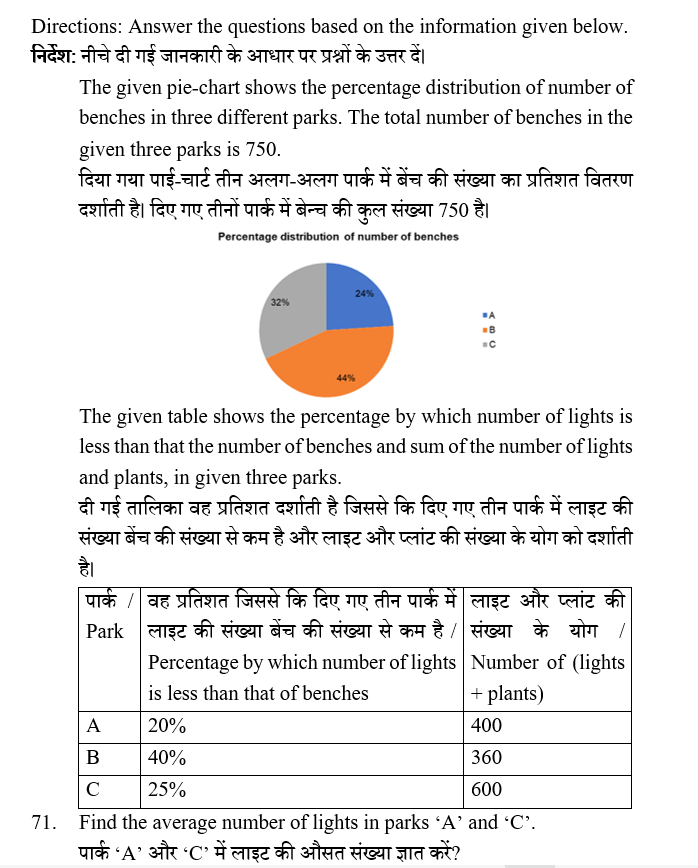
Question 2: 
Question 3: 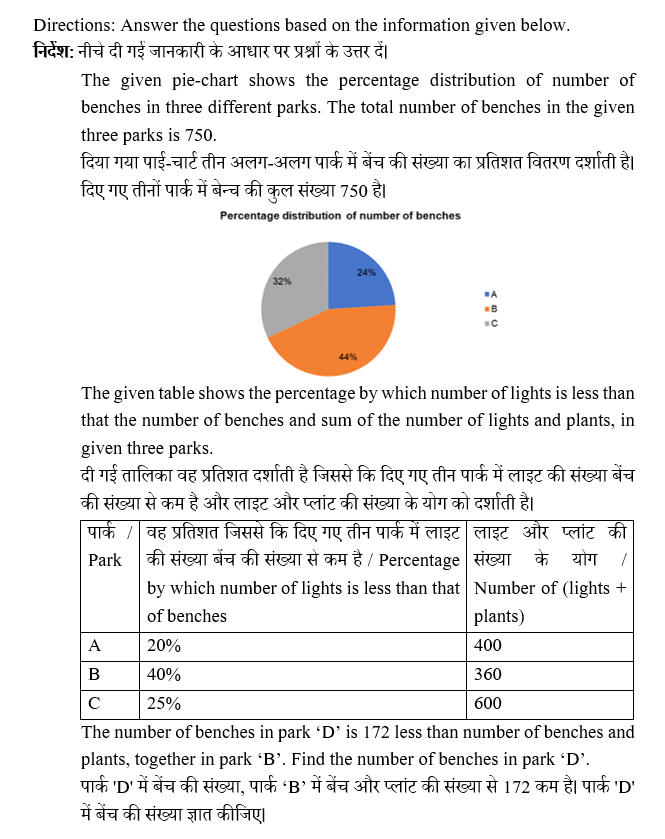
Question 4: 
Question 5: 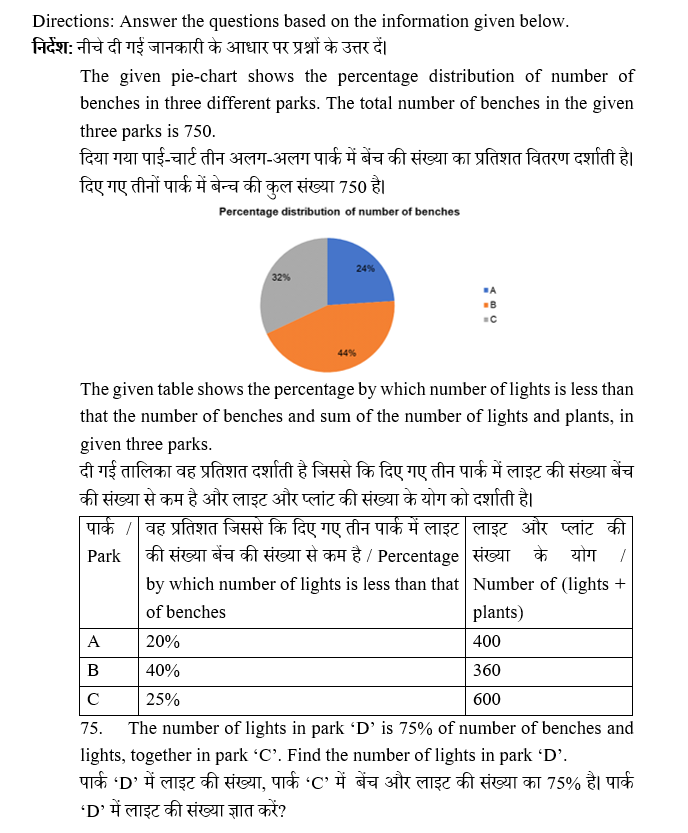
Question 6: 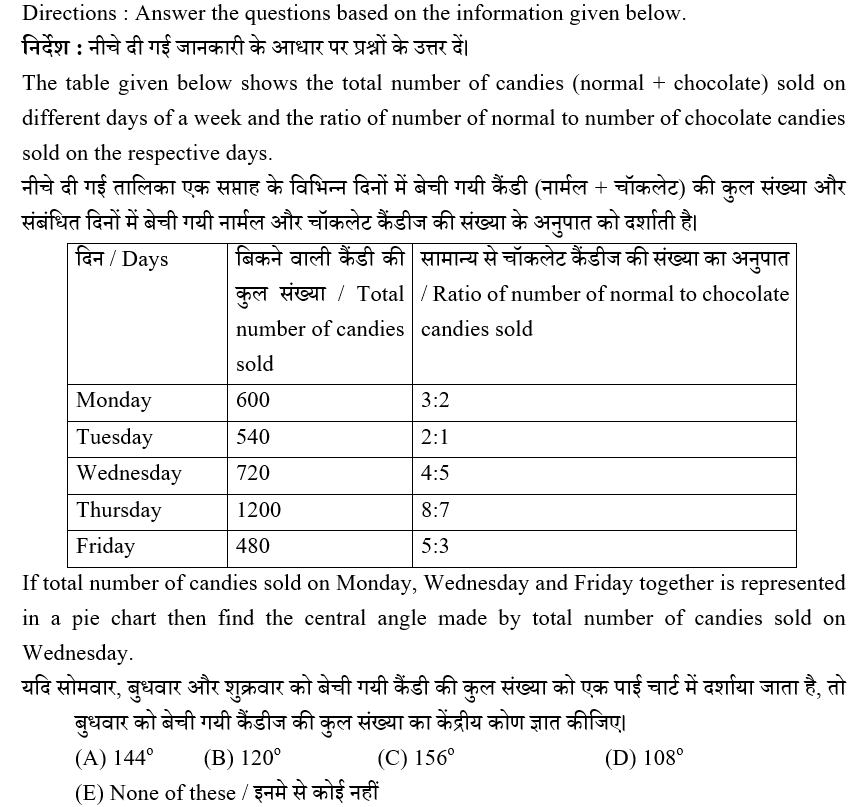
Question 7: 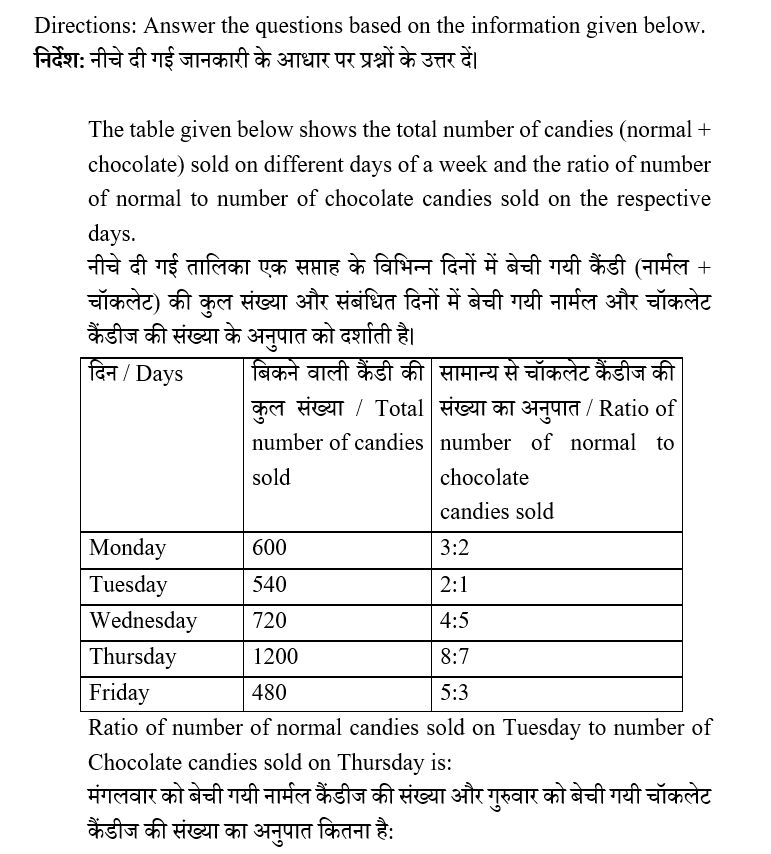
Question 8: 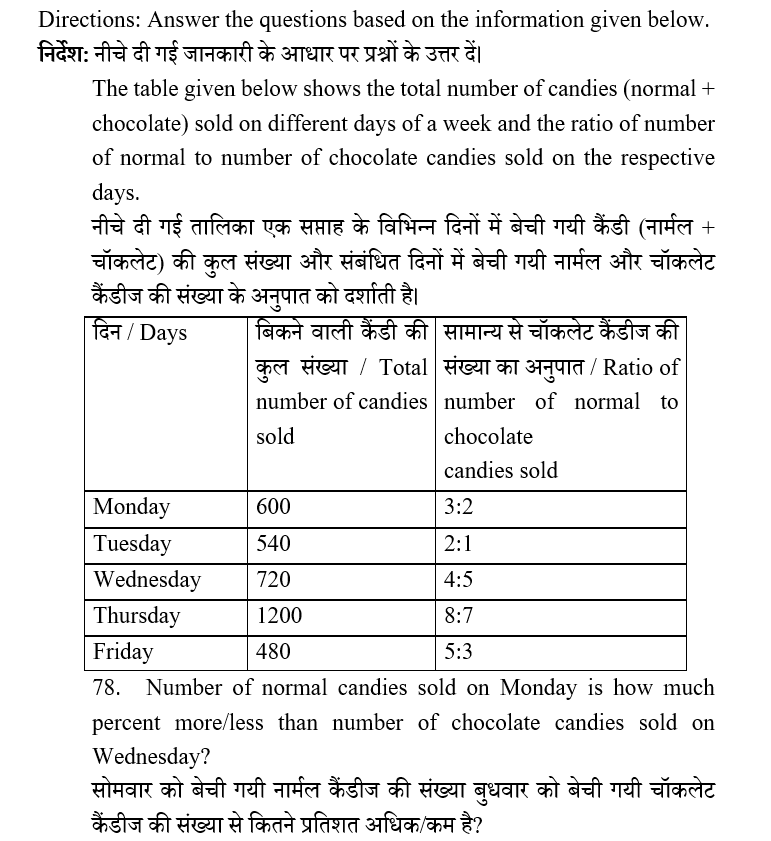
Question 9: 
Question 10: 
Question 1: 
Question 2: 
Question 3: 
Question 4: 
Question 5: 
Question 6: 
Question 7: 
Question 8: 
Question 9: 
Question 10: 